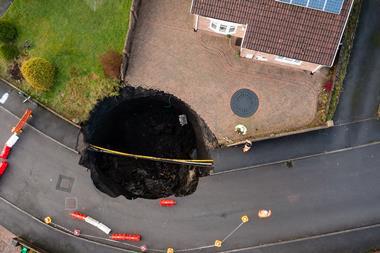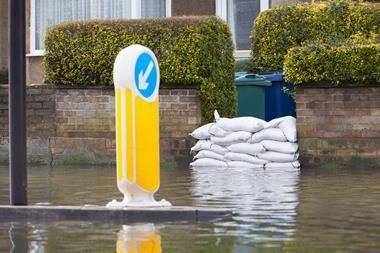Insurance firms should be prepared for a ‘spike in cases’ during the warmer temperatures, however
Data from 2021 and 2022 shows “optimism” in that subsidence claim growth “may be slowing”, according to Go.Compare Home Insurance.

In a statement released today (24 July 2023), the price comparison site the number of subsidence claims grew by 3% from 2021 to 2022 – compared to an average 85% annual increase over the past nine years.
This was despite the figures revealing that home insurance quotes with a history of subsidence claims rose by 299% from 2013 to 2022, while there was a 72% increase since 2017.
Ceri McMillan, Go.Compare home insurance expert, warned that “while figures from the last couple of years suggest this might be slowing” – insureds should continue to monitor their properties for signs of subsidence as “the warmer summer temperatures will inevitably bring a spike in cases”.
“Our latest data seems to indicate that the UK has experienced a substantial subsidence surge over the past decade or so,” McMillan added.
Policy
This came after PricewaterhouseCoopers (PwC) warned earlier this month (11 July 2023) that if extreme weather was to continue – such as levels of sustained heat – subsidence insurance payouts could increase to £1.9bn by 2030.
Read: Subsidence insurance payouts forecast to swell due to extreme heat – PwC
Read: If a solar flare storm struck earth tomorrow, is the insurance industry ready?
Explore more sustainability content here or discover other news stories here
In 2018 Sedgwick highlighted that it had seen a 300% to 400% rise in subsidence claims volume through August to October.
In the summer of that year, according to Statista, the average temperature was 15.76 degrees celsius.
However, while the data analytics firm said UK experienced its “warmest year on record” and the “fourth hottest summer” in 2022, Go.Compare Home Insurance’s data showed a decrease in claims growth at that time.
Go.Compare Home Insurance highlighted that subsidence was covered by most house insurance policies, but only if the property has never suffered from subsidence in the past.
Hosted by comedian and actor Tom Allen, 34 Gold, 23 Silver and 22 Bronze awards were handed out across an amazing 34 categories recognising brilliance and innovation right across the breadth of UK general insurance.



















































No comments yet